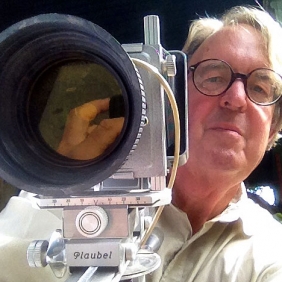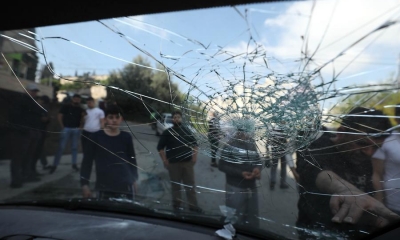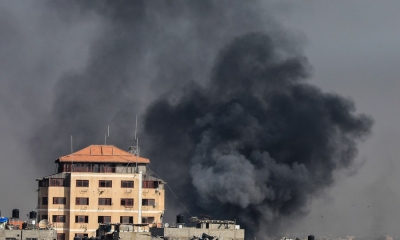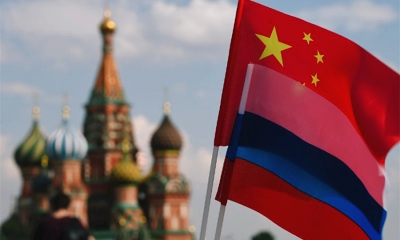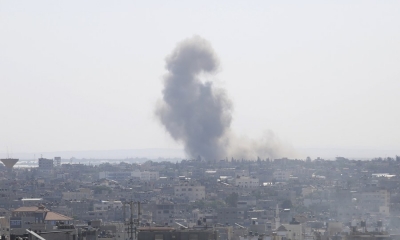Time to Disband the West’s NATO War Machine
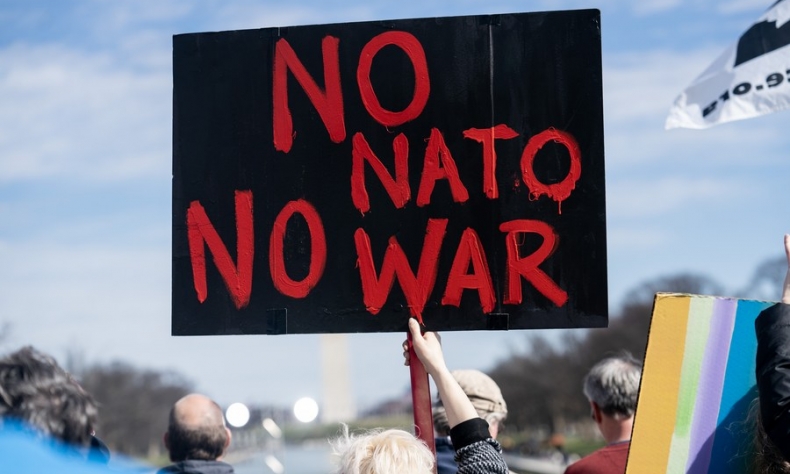
With the dissolution of the Soviet Union, NATO has made every effort to justify its continued existence.
The just concluded NATO Summit at Vilnius, Lithuania not only endorsed more war in Ukraine but also threatened Asian peace. That NATO has become a destabilizing global rogue force is apparent to most of the international community. It is time to disband the NATO war machine.
Two key agenda items brought no surprises. NATO declined to invite formally Ukraine to join and it declined to offer a timetable for membership. The summit did endorse Sweden as a new member but the official approval from Ankara must await a parliamentary decision this coming fall.
Of interest to all Asians was the endorsement of the NATO security concept that China presents a “strategic threat” to NATO and to the world. NATO leaders are frozen into their Cold War mindset with respect to Russia and to China. Meanwhile, the United States stirs the pot prodded by the United Kingdom still obsessed with its 19th century “Great Game” against Russia and with the former British imperial presence in Asia, Hong Kong, for example.
NATO is obsolete
The North Atlantic Treaty Organization (NATO), founded in 1949, is a Cold War relic and is obsolete. The Warsaw Pact, its Soviet Union-backed rival, dissolved in February 1991 but NATO did not. The Soviet Union itself dissolved in December 1991.
It is often an overlooked fact that the Cold War itself was ended earlier through constructive peace diplomacy by U.S. President Ronald Reagan and Russian President Mikhail Gorbachev.
As soon as the original Cold War ended, special interests in the U.S. and in Europe launched the New Cold War. The present war in Ukraine is one consequence. Whether there will be a future NATO war in Asia, triggered by confrontation over Taiwan island, is today an open question.
The transatlantic oligarchy, however, was not content with the end of the Cold War. Instead, after the end of the bi-polar world, Washington sought global hegemony. The U.S.-led NATO war machine was to serve as the enforcement arm of U.S.-led Western hegemony.
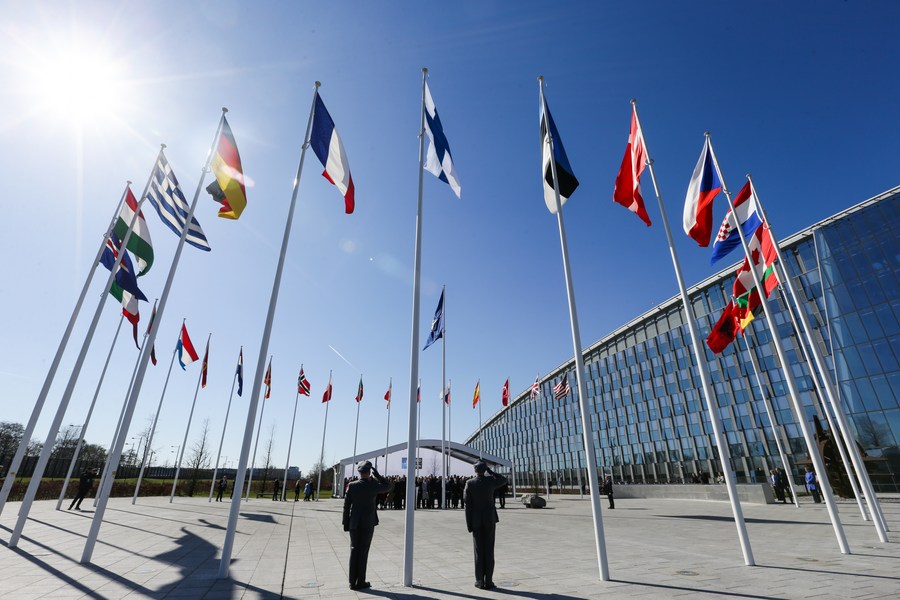
Washington could have adapted to the end of the Cold War and adjusted its policies. The U.S. could have taken a breather, retrenched, and anticipated the eventual emergence of a multipolar international system. Washington then could have adopted a constructive diplomacy by which it could have helped shape a new and peaceful international order.
Some critics point to a “center-periphery” model to explain the international situation. They argue that the transatlantic world of finance capitalism, the “center”, preys on the rest of the world which is the “periphery”. This exploitive and extractive relationship involves Western imperialism and Western neo-colonialism.
Critics say that this explains the Western refusal to end the Cold War and explains the continuing Cold War mentality in the West. Therefore, to maintain and to expand the imperial center, Western elites operate the NATO war machine for coercive diplomacy and for war, they say.
The militarization of international relations to support the interests of finance capitalism caused the Cold War, critics say. Profits flowed to the various capitalist financial and business interests. The U.S. military complex reaped trillions of dollars over the years as did Western banking, financial, and corporate interests.
NATO enlargement and global expansion
NATO was obsolete in 1991. It began as an ostensibly “defensive” alliance limited to the “North Atlantic” region against a perceived “Soviet threat”. With the dissolution of the Soviet Union, NATO has made every effort to justify its continued existence. Various “threats” are conjured up: Serbia, Islam, Taliban, terrorism, Khadafi, Russia, China, and the like.
NATO expansion “out of area” was seen in the Yugoslav, Libya, and Afghan wars. Not content with confrontation with Russia in Europe, NATO involved itself in areas outside the North Atlantic area it was supposed to be defending. Thus, NATO became an offensive alliance operating out of area. “Mission creep” led to the present war in Ukraine.
The Yugoslav war destabilized part of Europe just as the Ukraine war is destabilizing part of Europe. Ultimately, Yugoslavia broke up into constituent parts. Today, Ukraine is already partitioned and it may end up further in pieces. Some ten million citizens have fled the country.
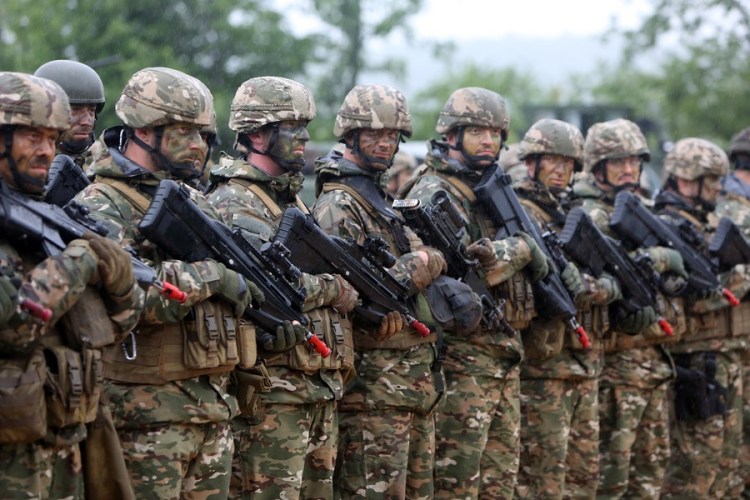
The Libya war destabilized the entire region and its consequences persist not only in North Africa but also in sub-Saharan Africa.
NATO participation in the Afghan war was a key step into Eurasia and expanding the operational area of the war machine eastward.
This eastward expansion moved into the Asia-Pacific and involved relations with Japan at an early stage as well. It is no surprise to find Japan present at the Vilnius summit.
NATO and the Ukraine War
The U.S.-U.K. led war in Ukraine was long planned. Observers say that it was, in effect, planned since 1991 when the Soviet Union dissolved and Ukraine emerged as an independent state. Since then, financial, diplomatic, political, and military support was given to Kiev in order to build it up as a fortress against Russia.
But the intention was to make it more of a fortress, observers say. The long-term planning foresaw Ukraine as a platform to launch military operations against Russia if and when needed. This design, of course, is nothing new in modern European history. Austria and Germany had this design since the 19th century. Nazi Germany had this design in World War II.
The German strategic concept of “Lebensraum” (living space) in the East means the incorporation of Ukraine into a German sphere influence so as to extract resources, agricultural production, and the like. In World War II, Ukraine also served as a platform from which to attack Russia. Russians have a long memory so Moscow’s perspective these days should come as no surprise.
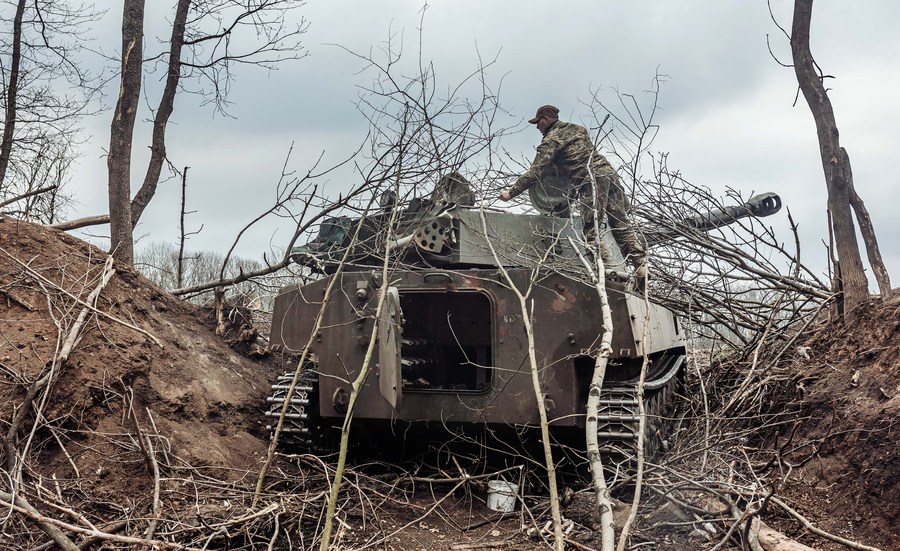
The incorporation of Nazi German intelligence officials and high-ranking military officers into Western intelligence organizations and into NATO after World War II is perhaps a topic for historians. Nonetheless, Western operations against the old Soviet Union, and now Russia, in part stem from German World War II strategic planning concepts of eastward living space and resource domination.
It does not take much imagination to notice that NATO’s systematic geographic expansion eastward up to the Russian border echoes Germany’s 19th century “Drang nach Osten” (March to the East) and echoes 20th century “Lebensraum” strategies.
Diplomacy urgently needed
It is impossible to predict the outcome of the Ukraine war. Ukraine is already partitioned and has lost the Donbas region and Crimea. How much more territory Russia will gain is an open question. It may be that in the end Russia will hold historic Novorossiya from Odessa to Kharkov. But this is speculation.
What is clear is that Europe needs new security architecture after this tragic war. Such new security architecture must be inclusive on the basis of equal security. A starting point for a diplomatic process to achieve this is the “Charter of Paris” signed by member states of the Conference on Security and Co-Operation in Europe (CSCE) in November 1990.
Russia put forward diplomatic proposals to Washington and to NATO in December 2021. Both were rejected out of hand. War followed.
It is urgent to start a diplomatic process to terminate the present Ukraine War. Then negotiations for a peace settlement of the Ukraine war can take place. A sustainable peace settlement must be inclusive and must involve constructive new security architecture for Europe.
The article reflects the author’s opinions, and not necessarily the views of China Focus.
 Facebook
Facebook
 Twitter
Twitter
 Linkedin
Linkedin
 Google +
Google +



